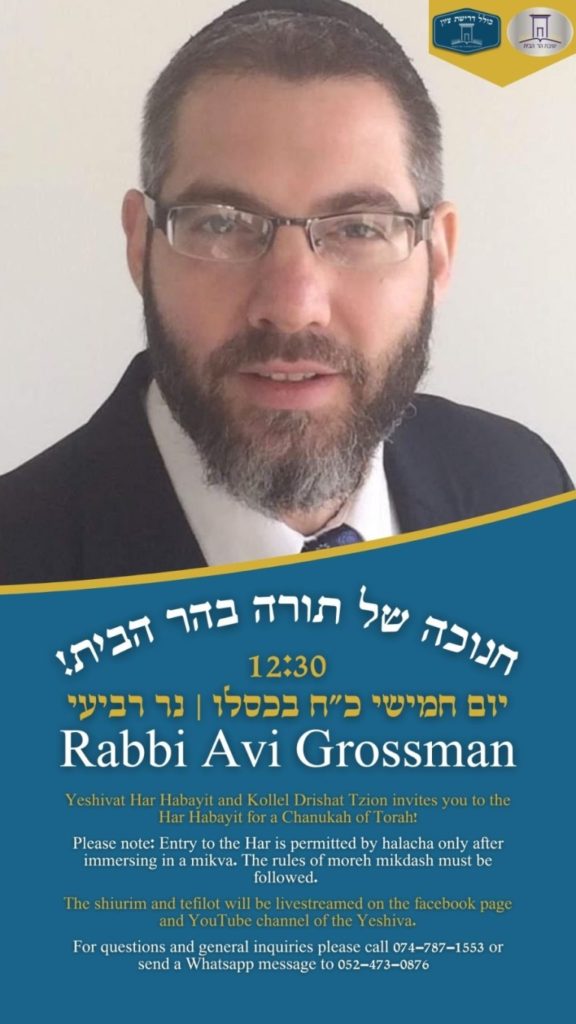‘Mass killings under communist regimes’ Article Too Truthful for Wikipedia…
“This article is being considered for deletion…“ |
One editor notes drily on the Talk page:
It’s “controversial” only because so many Wikipedia editors are at least Communist-adjacent. Nobody seriously debates the correlation between Naziism and the Holocaust.
Bryan Caplan told Fox (back in February!) there is a clear pattern here:
The two main pages for “Socialism” and “Communism” span a massive 28,000 words, and yet they contain no discussion of the genocides committed by socialist and communist regimes, in which tens of millions of people were murdered and starved.
…
The Wikipedia socialism page also mentions China’s Communist history, but only begins its description in 1976, after Mao Zedong’s reign of terror had already killed tens of millions.
“After Mao Zedong’s death in 1976… China’s economic performance pulled an estimated 150 million peasants out of poverty,” the encyclopedia says.
The article fails to mention Mao’s prior communist programs such as his “Great Leap Forward”, in which private farming was abolished, leading to mass famine that killed tens of millions.
It also neglects to mention Mao’s “Cultural Revolution”, in which, according to the History Channel, “Millions of young radicals who formed the paramilitary Red Guards shut down schools, destroyed religious and cultural relics and killed intellectuals and party elites believed to be anti-revolutionaries.”
Wikipedia does maintain less central sub-pages that contain facts such as those, as well as a page titled “Mass killings under communist regimes.” But it gets no discussion on the main pages; merely a stray link at the very end under a “see also” heading.
Now, that article, too, may be axed.

